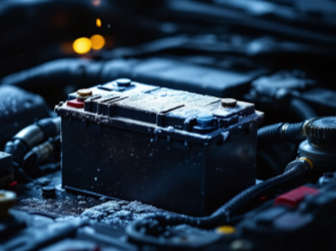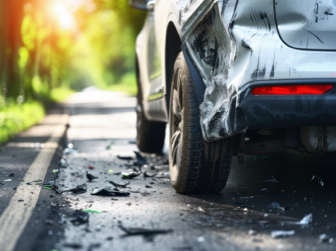In many parts of the world, manual transmissions are losing their popularity. However, almost 50% of new car sales in South Africa still feature manual gearboxes. Given the South African market, it would make sense to learn how to drive a manual car, even if automatics are easier to drive.
In Europe and the USA, the percentage of new cars sold with manual gearboxes has significantly decreased in recent years. In 2000, 89 – 95% of all new cars sold in Europe came with a manual gearbox. However, in the first half of 2023, only 32% of new cars sold came with a manual gearbox. Similarly, in the USA, over the last two years, cars with manual transmissions account for less than 1%.
This decline in manual vehicle sales is because of worsening traffic conditions in cities, the availability of more affordable automatic cars, and the increase in electric vehicle (EV) sales, which often don’t require transmissions.
However, in South Africa and many other emerging economies, there’s still a substantial demand for manual vehicles. According to Lightstone data, in the first nine months of 2023, 49% of light vehicle cars sold in South Africa had a manual gearbox. Factors like affordability, reliability, driving preferences, and maybe the perception of better control or suitability for certain terrains could contribute to the continued popularity of manual cars in South Africa.
While automatic cars are slowly becoming more popular here in South Africa, it’s still useful to learn how to drive a manual car.

1. Versatility and adaptability
- When travelling overseas, especially in countries where manual cars are more prevalent, knowing how to drive a stick shift gives you a broader range of vehicle options and easier access to rentals.
- In unexpected situations where you might need to drive a friend or family member's manual car, your knowledge and skills will come in handy.
2. Greater control and engagement
- Many driving enthusiasts argue that manual cars offer a more engaging driving experience. You have more control over the gears, providing a deeper connection between driver and vehicle.

1. Familiarise yourself with the gearbox
- Get acquainted with the gearstick and its pattern. Know where reverse is, and how to get into reverse.
- Understand the functions of the clutch, brake, and accelerator and practice coordinating them.
2. Start in an empty area
- Find an empty parking lot or quiet road with minimal traffic to practice.
- Practice finding the bite point of the clutch. This is the point at which the engine engages with the transmission and the car starts to move. (Did you know a Maintenance Plan through MotorHappy includes clutch and clutch cables? Make sure you’re covered financially for the replacement and repair of these parts: Click here to get a quick and easy online quote.)
3. Practice smooth transitions
- Practice shifting gears smoothly and efficiently without jerking the car.
- Learn the art of downshifting to slow down without excessive use of brakes.
4. Be patient and persistent
- Learning to drive a manual car requires patience. Don’t rush the process.
- Regular practice sessions will help you build confidence and improve your skills steadily.
5. Get comfortable with hills
- Hills can be intimidating for beginners. Practice hill starts to master the balance between the clutch, brake, and accelerator.
6. Safety first
- Always prioritise safety. Pay attention to your surroundings and stay vigilant while learning.
Whether for travel convenience or the joy of a more engaging driving experience, learning to handle a stick shift can be rewarding. With patience, practice, and a commitment to safety, mastering the manual transmission can open doors to a world of driving possibilities.
So, if you're ready to embrace the world of manual driving, buckle up, stay patient, and enjoy the learning process—it's a skill that's worth acquiring
What is brake fade and how to prevent it
Winter road safety: How to stay safe on the road


